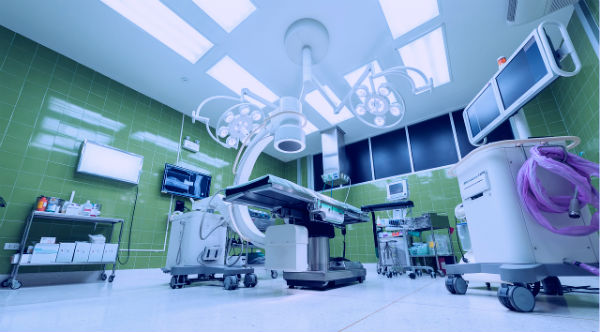The general rule is that if patent infringement is found the patentee will be entitled to an injunction to prevent future infringement, and in the vast majority of cases this is what happens in practice. The injunction is, however, a discretionary remedy. Two recent cases in the life sciences space have illustrated the flexibility of the English Court in tailoring the injunction to take matters of public interest into account. This is a developing area in which the English Court has, in addition to developing the Court’s inherent powers under English law, responded to the requirement of the EU IP Enforcement Directive that remedies should be proportionate (s.3 Enforcement Directive 2004/48).
Where patients are dependent on the infringing device
The case of Edwards Lifesciences v Boston Scientific concerned a transcatheter heart valve. Edwards’ valve, known as Sapien 3, had been found to infringe Boston’s patent. However, there was evidence that, for a small group of patients, the Sapien 3 was the only suitable heart valve and that their lives would be put at risk if it was not available. The parties had agreed that there should be an exception to the injunction to meet these patients’ needs. They had also agreed that there should be a limited stay of the injunction to allow time for the clinicians who used the infringing valves to be retrained. This was a significant undertaking as the evidence suggested that about 60 clinicians would need retraining.
To deal with the retraining need the Court granted an initial stay of 12 months to allow for retraining but with permission to apply to extend the stay if it turned out that longer was needed. An indefinite exception to the injunction was granted to meet the needs of patients for whom the Sapien 3 was the only suitable valve, but with permission to apply to terminate this exception if a suitable non-infringing valve were to become available in the future.
Where clinical research was at stake
The case of Regeneron v Kymab concerned the production of human antibodies using transgenic mice. At first instance Regeneron’s patents were held to be insufficient and therefore invalid, but this was reversed on appeal, and Kymab was held to have infringed Regeneron’s valid patents. The Court of Appeal granted an injunction to restrain infringement of Regeneron’s patents but subject to an exception, which had been agreed by the parties, that the injunction would not apply to any mouse being kept for the purpose of making a non-infringing mouse. The purpose of the exception was to preserve “a series of technical advances which were unrelated to the inventions of the patent in suit”.
A further issue was that although the Court of Appeal had refused Kymab permission to appeal, Kymab intended to apply direct to the Supreme Court for permission and wanted the injunction to be stayed until the Supreme Court’s decision had been given. The Court of Appeal agreed that in the absence of a stay Kymab would suffer serious loss that would be difficult to quantify, which argued in favour of a stay. A further powerful overarching factor in favour of a stay was that the imposition of the injunction would end or disrupt humanitarian projects entered into with the Gates Foundation among others. On the other hand, the Court accepted a number of Regeneron’s arguments to the effect that, if the appeal went against Kymab it should not derive commercial advantage from infringements carried out during the stay after expiry of the patents: for example, Kymab should not be able to use its infringing activities as a ‘springboard’ to enter the market quickly after expiry of the patents. To this end Kymab would give an undertaking that if the appeal went against it, it would assign to the Gates Foundation all its rights to any product developed using infringing mice in the context of its collaborations with the Gates Foundation so that it would not have the right to commercialise such a product even after expiry of the patents. Regeneron was given liberty to apply to the Patents Court for an injunction to restrain Kymab from securing any advantage from its infringing activities after the expiry of the patents. (Kitchin LJ stated that he expressed no view as to the merits of any such application.)
Comment
These cases illustrate that in tailoring the injunction the Court will not only consider the interests of the parties but, in an appropriate case, will also consider the public interest. The Court takes a careful and practical approach based on the evidence presented to it. A key situation in which an injunction may be qualified in the public interest in the life sciences area is where it would affect the life chances of patients as in Edwards. The Regeneron case illustrates that the Court may also be willing to qualify or stay an injunction in the interests of advances in research where there is a significant medical and humanitarian need. However, it will remain alive to the commercial interests of the parties and will try to avoid a situation where the defendant gains directly or indirectly from infringements carried out during the stay. As the Regeneron case illustrates, this can be a tricky and complex undertaking.
The cases:
Edwards Lifesciences v Boston Scientific, High Court, 24 May [2018] EWHC 1256
Regeneron Pharmaceuticals Inc v Kymab Ltd and another, Court of Appeal, 23 May [2018] EWCA Civ 118

 Charlotte Tillett
Charlotte Tillett